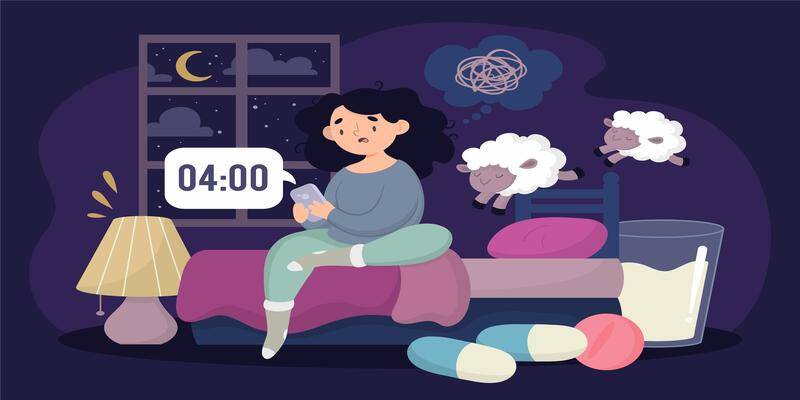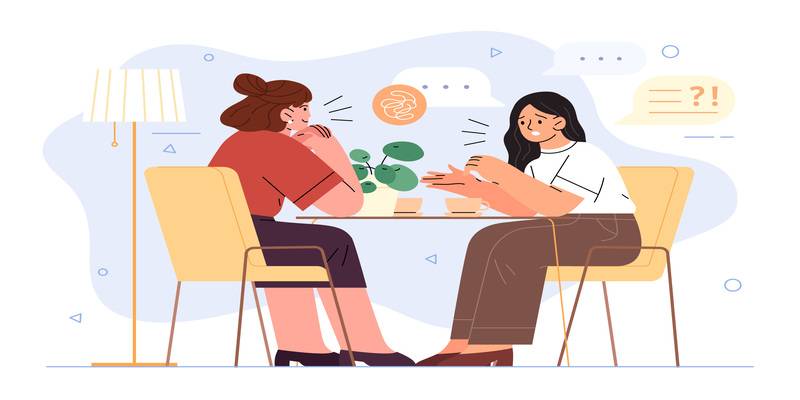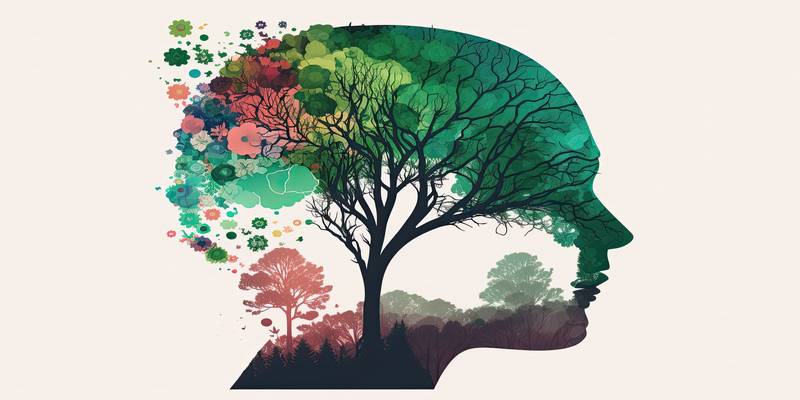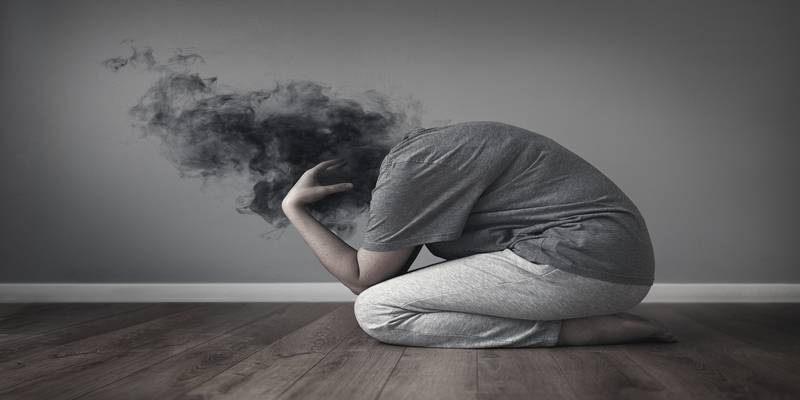Period Poverty: let’s address it
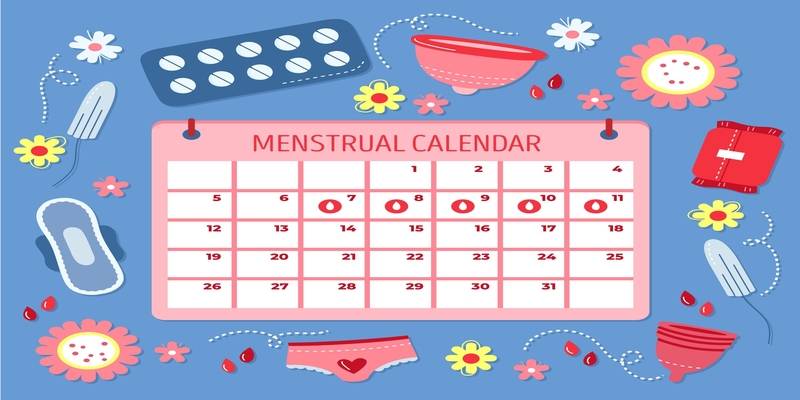
American writer Audre Lorde once said, “I am not free while any woman is unfree, even when her shackles are very different from my own.” Despite its presence in a woman’s life for nearly 40 years, menstruation is veiled in the conspiracy of silence, shame, and stigma. To make matters worse, it is considered a luxury. Many places in the world have imposed indirect taxes on products associated with menstrual hygiene. The hegemony and privileges associated with the availability of these products to only a certain section of society tends to overlook the aspect of the intersectionality of class, caste, and gender embedded in it. The connotations such as ‘dirty,’ ‘impure’ attached to this natural phenomenon further institutionalise the culture of silence around it. Ironically, there is a temple in South India that celebrates this biological process as a power to create a new life.
According to the Indian National Family Health Survey, conducted in 2015-16, only 121 million (36%) of the 336 million menstruating females in India use sanitary napkins. A study conducted by UNICEF in 2014 indicated that 59% of girls and women in India were unaware of menstrual hygiene practices. Recently, Scotland became the first nation to pass a bill that allows menstrual products to be freely available to its citizens. This landmark law not only addresses the issue but has also laid a foundation to eradicate ‘Period Poverty.’ So, what is period poverty?
Period poverty:
It can be defined as inadequate access to menstrual hygiene products that create a barrier in having an equitable developing environment for women. It is not only limited to the availability of menstrual hygiene products such as sanitary napkins or tampons but also about the waste management and availability of public toilets for women, which increases the financial investment and renders this process as an expensive affair. The pandemic has further increased the vulnerability associated with it. We need to break away from gender binaries and provide a safe, inclusive space to address the concerns. The article aims at initiating a dialogue around period poverty to alleviate the stigma and spread proper menstrual education.
Statistical records and the dismal state of affairs:
The Government of India launched the Goods and Services Tax (GST) in July 2017. Sanitary products were categorised under luxurious products and were subjected to 12% GST. However, after several attempts and petitions, the tax was exempted in July 2018. India’s initiatives have not led to a significant impact because of inaccessibility and lack of resources. According to a study conducted by the Ministry of Health and Family Welfare of India, only 12% of the target group have access to sanitary pads and other necessary products. The rest are left with no option but to use unhygienic methods such as cloth, rags, sand, etc., exposing them to the risk of contracting various genital diseases, urinary tract infection, vaginal itching, and unhealthy fluid discharge, among others.
As a consequence of social stigma, shame, and unavailability of goods and resources, an average of more than 40% of students in India resort to taking leaves from school while menstruating. As per UNESCO, one in five girls drop out of school after they begin their menstrual cycle. The circumstances of school absenteeism are also a consequence of the lack of adequate sanitation facilities. A single sanitary pad costs around INR 8-10 (around HK$ 1). On average, a person uses three to four pads depending upon the flow, which makes the cost INR 32-40 per day (HK$ 3-4). According to a research article published by Brogen Project, around 70.62 million people in India live in severe poverty, surviving on less than $1.90 a day (INR 140 approx.).
Likewise, in Hong Kong, a non-profit organisation ‘Free Periods HK‘ discussed in their report that a menstruating person in the city has to spend around HK$ 35,100 for 40 years on hygiene products; this amount keeps on increasing as per demand and supply. The organisation further elaborated that many women and girls disregard the quality of menstrual supplies to ease the financial burden, without realising how convenient or reliable a product is. They often reduce the usage of pads and tampons to minimise prices, resulting in possible health risks.
Civil society in action:
Different civil society organisations are discussing and working on the issues related to period poverty to create menstrual equity policies nationwide. ‘Happeriod,’ a non-profit organisation formed in 2014 in Hong Kong, works to destigmatise the natural process of menstruation and different taboos around it. The organisation also conducts workshops with schools and other stakeholders to bust various myths and create awareness about menstrual hygiene. It is also creating reusable period products to provide sustainable alternatives along with easing the financial burden. Likewise, another India-based organisation, ‘Goonj‘ promotes the use of reusable cloth pads. It also provides employment opportunities for local women. Goonj, through its efforts, provided several sex workers an opportunity to make masks and sanitisers during the pandemic. In a similar vein, ‘Menstrupedia,’ a for-profit corporation, designs and produces local menstruation books to provide teenage girls with information about menstrual health management in schools.
Some concrete measures:
Governments must realise their responsibilities and should aim at providing a safe and inclusive environment for women by investing in the installation of vending machines in schools and public toilets. This move will not only ensure the availability of the products but at the same time, it would send across a message that period products are essential for the well-being of a large group of a population rather than being a privilege for a few. It is crucial to acknowledge period poverty as part of the health crisis, causing hindrance in the sustainable goals of equitable development across the globe. There also needs to be a collaborative effort of both centre and the state to pave the way for addressing menstrual inequality and dismantle the stigma around it.
All the products associated with menstrual hygiene must be widely available to all target groups. The right to live a healthy life is a fundamental right and no person should suffer due to lack of resources or inadequate measures. Period poverty requires immediate attention and action across the globe. Thank you, Scotland, for leading the way. New Zealand Prime Minister Jacinda Ardern made it mandatory for all schools to provide free sanitary products as several students were skipping school because they couldn’t afford the products. Here’s hoping that other nations follow suit and women across the globe are no longer deprived of basic amenities.
Points to ponder upon:
1. Social shame has prevented women from talking openly about something natural. The community needs to have open discussions and hold awareness talks to dispel myths and stereotypes associated with this biological phenomenon.
2. The quality of pads manufactured or imported is another area that deserves attention. The advertisements that claim to provide a day-long safety confuse women and mislead them about the duration after which they should change their pads. Ideally, a sanitary napkin should be changed in 5-6 hours to prevent infection.
3. We need to educate women on how to discard sanitary pads as they can cause STIs. Also, they should never be flushed.

